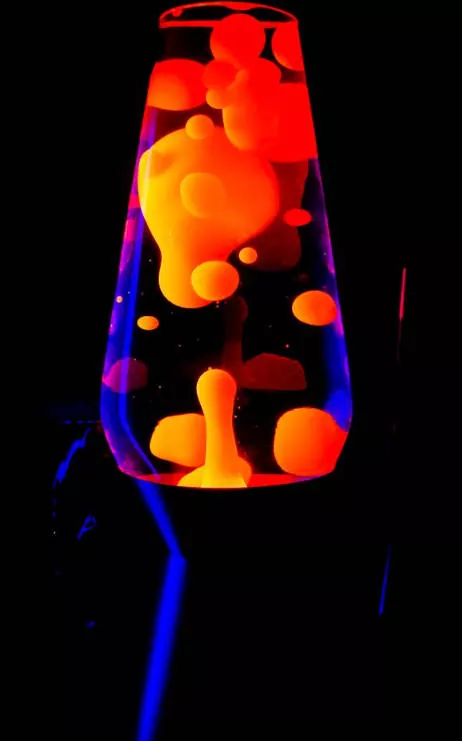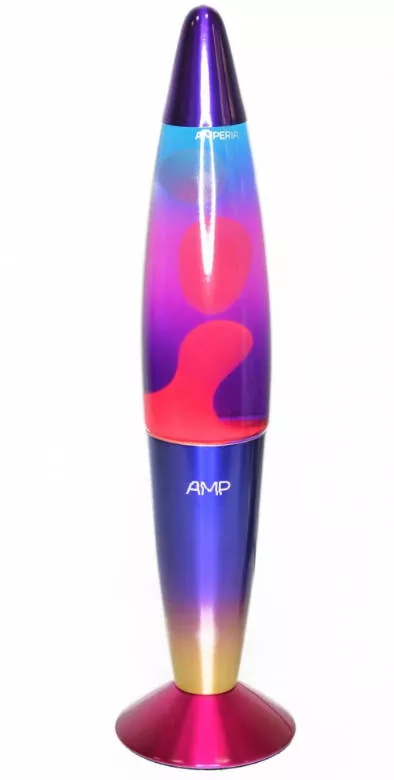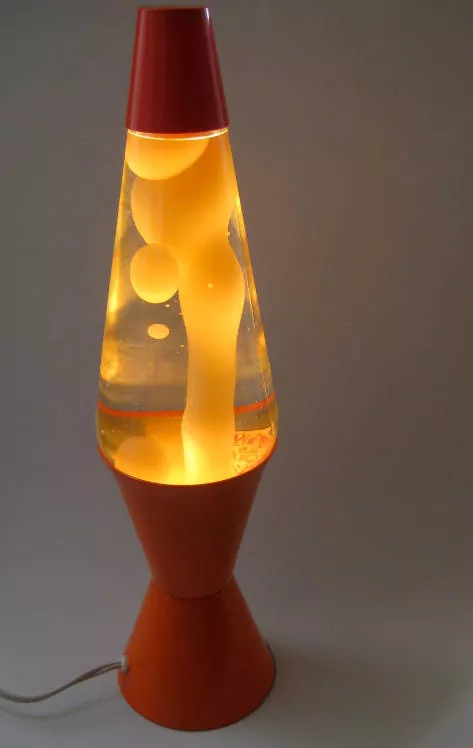
How do you create a blue and an the orange light lava?
Make two different mixtures(blue and orange lava lamp). One is made with blue food colour as well as water.
The second with food coloring in orange.
Fill a glass, clear container with 3 quarters of water. Mix the blue and red mixture. Add cooking oil gradually over the the top. There should be some room within the container.
Pour the mixture of orange slowly into the container. After the liquids have settled into layers, set the container on a lamp base that includes an LED.
The mixture should be heated by switching off the light.
Drop the tablets that are effervescent into the container.
The effect of lava lamps is caused by the bubbling of liquids that transport the colors upwards and downwards.
This is how to make blue and orange lava lamp.
Enjoy your homemade lava lamp!

Are you able to combine the hues of a lava light?
Fill a glass container half full of water, and then put food coloring in it. This creates the desired hues.
Pour the cooking oil on top of the water. You should leave a small space at the top. You can add different colors of water to give an attractive multi-colored appearance.
The oil’s color will change as the bubbles of water increase and mix.
The addition of effervescent tablets will produce bubbles that contain color-changing liquids. This improves the mixing effect, resulting in an amazing display of hues.

Why aren’t they making the lava lamps any more?
Lava lamps aren’t so popular as they once were due to a variety of reasons:
Trends changing Lava lamps were popular in the 1960s and into the 1970s counterculture movement. The preferences of consumers for home decor and lighting may have changed with the changing trends.
Technological Advancements as lighting technology develops, , such as efficient LED bulbs that are energy-efficient and LED lights consumers might prefer modern efficient lighting over the traditional lava lamps, which makes use of incandescent lamps as well as heat.
Environmental Beware of Environmental Lava Lamps are generally ma-de of a mix of clear liquid and wax that is often contaminat-ed with chemicals.
Since consumers have become conscious of environmental concerns and the safety of chemicals and safety, they might have slowed down the production of these lamps or restricted their use.

How can you avoid using an lava light?
Avoid placing a lamp near sources of heat Don’t place lava lamps in proximity to heating sources such as fireplaces, radiators, or heaters. The heat could cause the liquid inside the lamp to expand rapidly. This can damage the lamp or cause it to malfunction.
Do not place Lava Lamps under Direct Sunlight. Do not place the lamp near direct sunlight. The sun’s rays could cause the liquid inside the lamp to heat in a different way. This can affect the efficiency of the lamp.
Stable surfaces Avoid placing the lava lamp on an unstable surface that could be thrown down. If the lamp is damag-ed or accidentally tipped, the liquid could spill out and cause damage to flooring or furniture.
